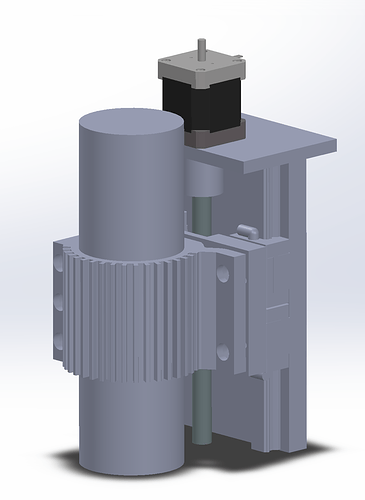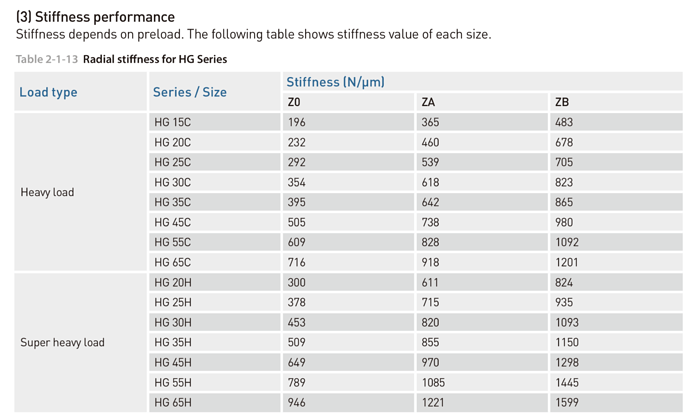Yes, I considered Sorotec’s various offerings, including the Teknomotor products. Two categories I ruled out entirely:
- HSD and Elte had a worrying lack of specs (even basic things like runout)
- Teknomotor’s “HF Motor” spindles only have 18k RPM and claim low tolerance for axial loads
That left the Teknomotor electrospindles. Those looked good and I like that they have electronic fans but I noticed that they’re larger and heavier than the Mechatron spindle (4kg for 800W vs. 2.4kg for Mechatron) and when I searched around, I couldn’t really find anyone who’s used one.
I did consider the ER-20 collets. I’ve seen a bunch of my machinist YouTubers using indexable tooling and thought that surely I should have it too but when I read up on it, it didn’t seem like a clear win. The Nomad is a small machine and I don’t think I can physically fit in pieces of stock large enough to use such large tools.
As for larger endmills, that’s true but most of the endmills I’ve seen have recommended surface speeds around 500m/min, which I already get with 6mm tools at 30k RPM. And again, bigger tools work great for bigger pieces but the Nomad can’t physically fit a whole lot in there.
And I know I sound obsessed when I talk about MRR but I don’t really need anything extreme. The Nomad currently maxes out at ~0.5cm³/min before it hits its limits, which is… Insufficient… But with the new spindle, the 30k RPM alone allows me to get ~9x MRR over the stock spindle, while keeping the same cutting forces. That means a job that previously took the whole day takes just an hour now.
With a Nomad that’s no longer like a blob of jelly and the improved spindle, I might be dreaming, but it could be possible to push it to 42cm³/min of MRR (84x stock). At that point, the modded Nomad can do in an hour what takes a stock Nomad 2 weeks. That comes with peak forces of ~82N but with axes built on ballscrews and linear rails, maybe it’ll be okay?
To be clear, even if it’s possible, I don’t think I’ll routinely push the Nomad that hard, I just wanted to think about what might be theoretically possible.
And back to ER-20, I won’t have it now but since I have flexibility, I can always swap in a new spindle in the future, just to try it out.


